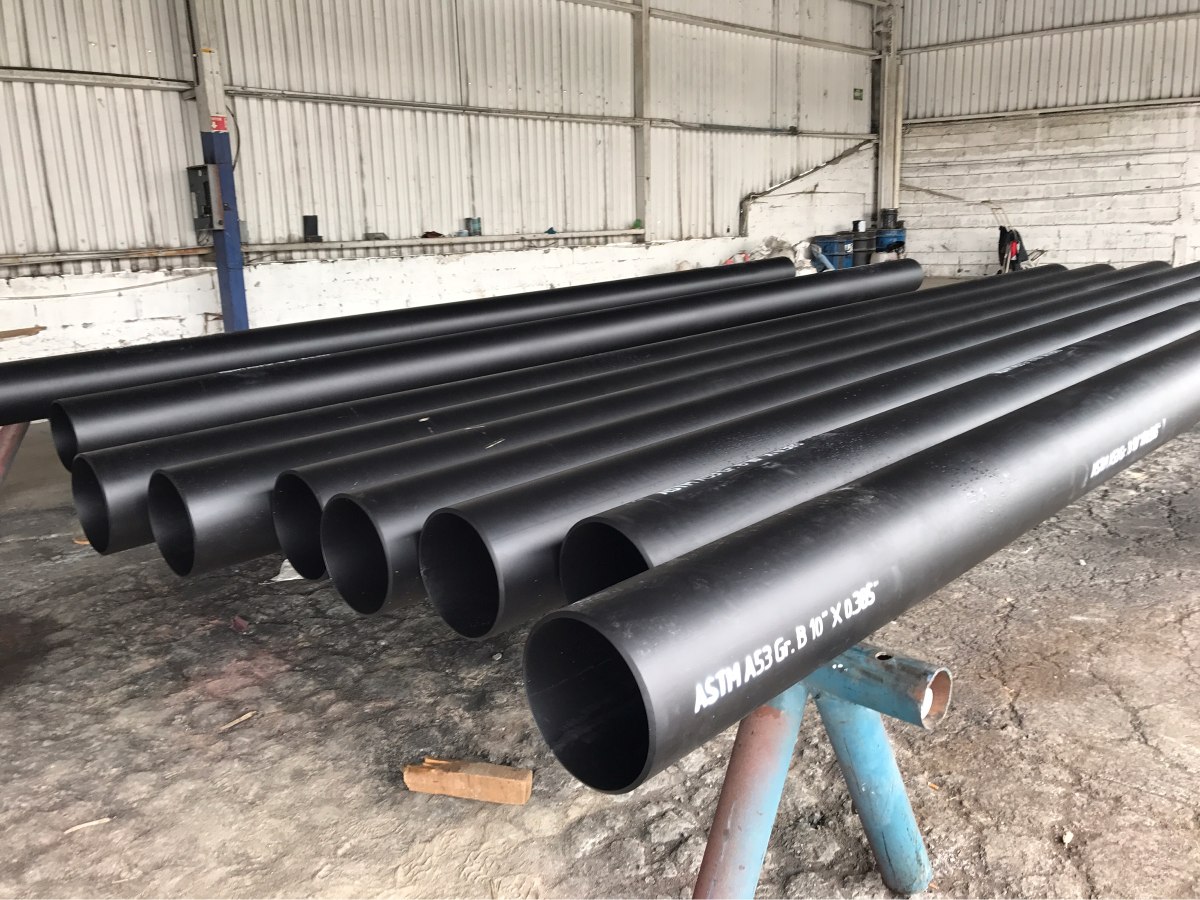

In many developed countries, periodic national forest inventories form the basis of annual greenhouse gas (GHG) reporting to the United Nations Framework Convention on Climate Change (UNFCCC). Over the past several years, the remote sensing research community has used these products to monitor tropical deforestation, forest C stocks and associated C emissions, largely in support of REDD+ initiatives in developing countries. Remote sensing products can provide regular and consistent observations of Earth’s surface to help identify the condition of forest ecosystems and changes within them at a range of spatial and temporal scales. Thus, spatially identifying terrestrial sources and sinks of carbon, and understanding them well enough to predict how they will respond to management decisions or future climate change, will pose major science and policy challenges in the years to come. If Paris goals are to be achieved, further enhancement of forest-based carbon (C) removals to mitigate emissions in other sectors will be a critical component of any collective global strategy, especially as no alternative sink technologies have yet been proven at scale. Forests are currently responsible for the capture and storage of an estimated 25% of global anthropogenic emissions. The 2015 Paris Climate Change Agreement, with consensus from 192 signatories, calls for achieving a balance between anthropogenic emissions by sources and removals by sinks in the second half of this century. The framework presented here allows for the integration of ground and space observations to more fully inform US forest C policy and monitoring efforts.



Taken together, these disturbances reduced the estimated potential C sink of US forests by 42%. The northern US had the lowest C loss (41 ± 2 Tg C year −1) with the most significant proportional contributions from harvest (86%), insect damage (9%), and conversion (3%). C loss in the western US (44 ± 3 Tg C year −1) was due predominantly to harvest (66%), fire (15%), and insect damage (13%). C loss in the southern US was highest (105 ± 6 Tg C year −1) with the highest fractional contributions from harvest (92%) and wind (5%). Forest land remaining forest land lost 185 ± 10 Tg C year −1 to various disturbances these losses were compensated by net carbon gains of −452 ± 48 Tg C year −1. New forests gained −8 ± 1 Tg C year −1, while deforestation resulted in losses of 6 ± 1 Tg C year −1. Combining estimates of net C losses and gains results in net carbon change of −269 ± 49 Tg C year −1. Resultsįorests in the conterminous US sequestered −460 ± 48 Tg C year −1, while C losses from disturbance averaged 191 ± 10 Tg C year −1. Here we present spatially resolved estimates of net C change across United States (US) forest lands between 20 and attribute them to natural and anthropogenic processes. Locating terrestrial sources and sinks of carbon (C) will be critical to developing strategies that contribute to the climate change mitigation goals of the Paris Agreement.


 0 kommentar(er)
0 kommentar(er)
